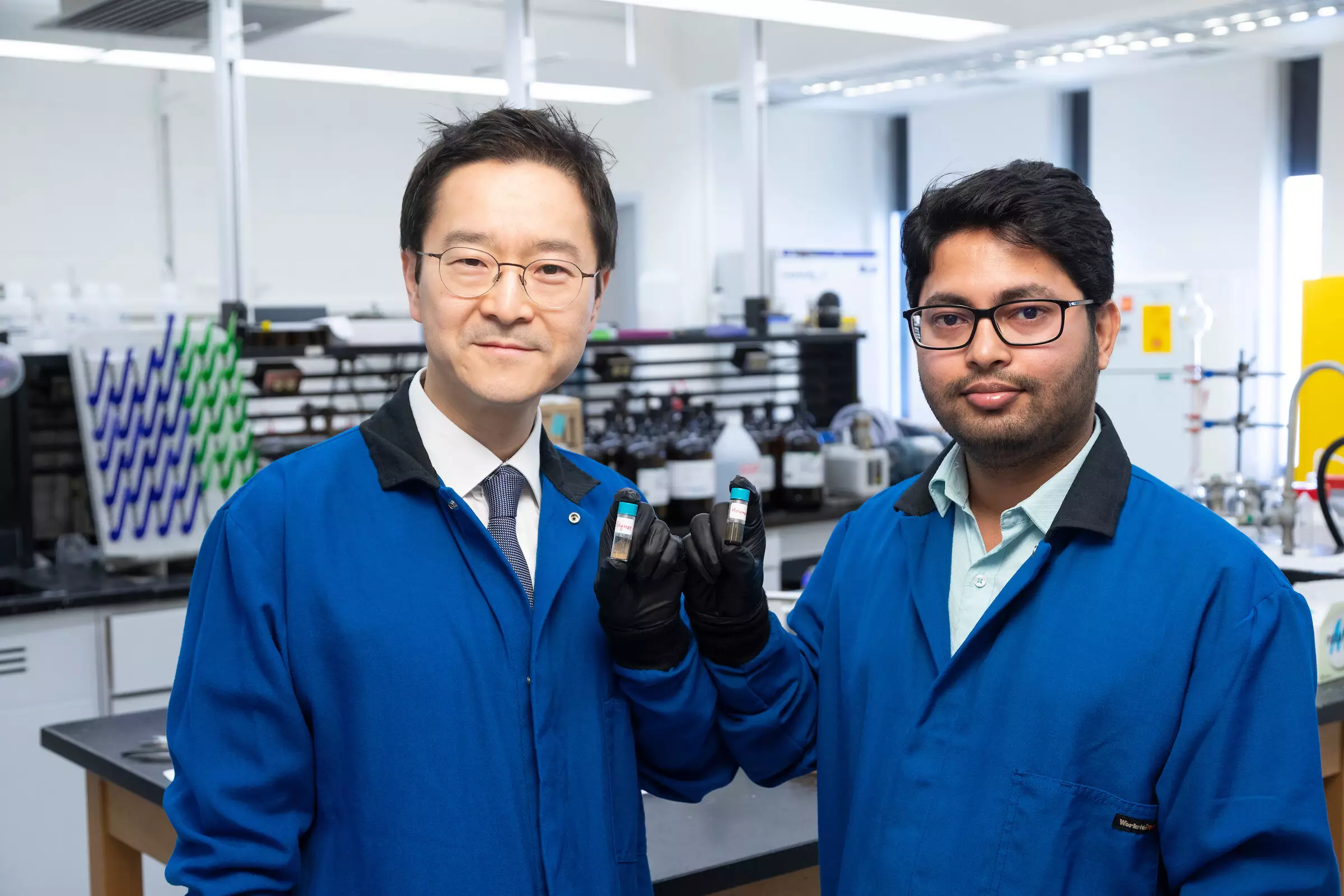In the ongoing battle against climate change, much emphasis has been placed on developing sustainable materials and methods for capturing carbon dioxide (CO2), one of the primary greenhouse gases. One promising avenue of research has emerged from the FAMU-FSU College of Engineering, where scientists have engineered a novel biomass-based material that demonstrates the capacity to capture and release CO2 multiple times without significant degradation. This innovation, primarily based on lignin—a naturally occurring organic polymer prevalent in wood and plant cell walls—could pave the way for more effective and environmentally friendly carbon capture systems.
Lignin is not only abundant and affordable but also represents an underutilized resource mostly discarded during wood processing. Traditionally viewed as a waste product, its integration into innovative materials signifies a shift towards circular economy principles. Researchers noted that lignin’s structural integrity is maintained even after repetitive use in carbon capture processes. This durability assures potential users of the material’s viability, making it an attractive alternative to traditional carbon capture technologies that often rely on unsustainable petrochemical products.
At the forefront of this groundbreaking research is the ability to manipulate the CO2 capture and release process without requiring extreme environmental conditions. Co-author Hoyong Chung highlighted that the developed material operates efficiently under moderate temperatures and atmospheric pressure. Remarkably, the capture system demonstrated the ability to absorb 47 milligrams of CO2 from concentrated sources and 26 milligrams from ambient air for every gram of the lignin-based polymer, showcasing its effectiveness.
As the researchers delved deeper into the material’s behavior, they uncovered that exposure to heat triggers the release of captured CO2. Initial experiments using nuclear magnetic resonance spectroscopy revealed the formation of bubbles upon heating the sample—a puzzling but exciting observation. This phenomenon led to further exploration, where it was determined that controlling the temperature allowed for refined manipulation of CO2 release, functional for various industrial applications.
The capacity to control CO2 release at temperatures around 60 degrees Celsius offers numerous possibilities for incorporating this material into diverse sectors, including manufacturing and agriculture. The flexibility with which CO2 can be sequestered and later released means that this material could effectively serve multiple roles across industries—helping to mitigate greenhouse gas emissions while simultaneously creating value through recovered CO2 for secondary applications.
The notion that the captured CO2 can be utilized or permanently stored adds to the material’s appeal. The potential circularity of using captured carbon not only serves environmental ends but may also promote novel economic opportunities, turning what was once considered waste into a resource.
The lignin-based carbon capture material developed by researchers from FAMU-FSU College of Engineering opens new frontiers in climate technology. By tapping into a renewable resource with the capacity for repeated use, this innovation carries the promise of a sustainable alternative for combating carbon emissions. As ongoing research progresses, understanding and refining this material could significantly contribute to creating effective strategies to tackle climate change. The work of researchers like Hoyong Chung and Arijit Ghorai not only illustrates the innovative spirit of modern science but also underscores an essential shift towards environmentally conscious materials that align with the needs of our planet.


Leave a Reply